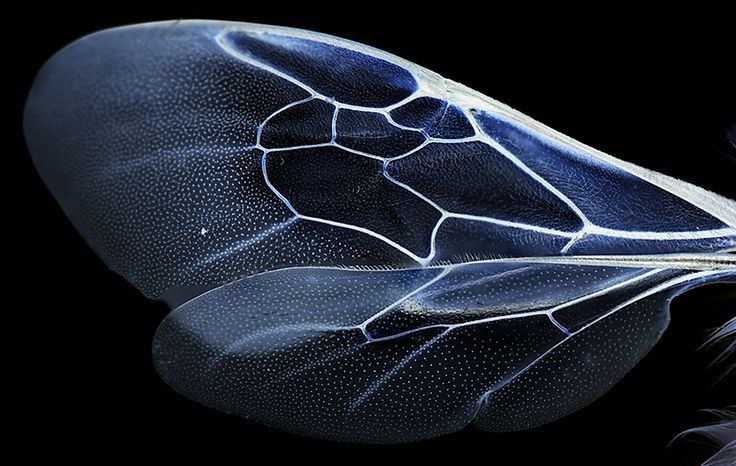There are natural mechanisms of such small physical size that they are almost invisible. They even defy examination under the most powerful light microscopes. The scale at which these phenomena exist is the nanometer scale. A nanometer is one-billionth of a meter. This scale is used for measuring things made up of a few to several atoms such as molecules. For example, a salt molecule (sodium chloride) is about .7 nanometers in size.
One interesting natural occurrence of nanometer-sized mechanisms is the gecko’s foot. Geckos are a small species of lizard found mostly in tropical climates. Their ability to seemingly defy gravity, by walking across ceilings, long puzzled scientists. It turns out that their feet have nano-sized hair-like appendages that cling to tiny surface irregularities. This adaptation has served as inspiration for the development of better adhesives.
Other natural nanometer-scale mechanisms supply ideas for products and processes. Among these, you are likely to find a nano bubble, artificial nacre, and light-absorbing nanostructures. These each demonstrate some of the unique physical phenomena that occur at this scale.
Nano Bubbles
These tiny gas-filled cavities in a fluid possess some beneficial traits. One promising area of investigation is their use in wastewater treatment systems. Oxygen gas in water promotes the bacteria that breakdown carbon wastes. Aeration accomplishes this by bubbling air through the wastewater stream. Because larger bubbles rapidly rise and disperse, bacteria don’t have enough time to capture the oxygen they need. Air, in the form of nano bubbles, remains in the water for much longer, supplying oxygen more efficiently.
Artificial Nacre
Otherwise known as mother of pearl, nacre comprises the interior lining of some mollusk’s shells. Nacre is one of the strongest materials produced in nature for its weight. Its strength comes from the way mollusks construct it. The oyster lays down a brickwork structure of honeycomb-shaped aragonite (a form of calcium carbonate) and then injects an organic substance that acts as a glue holding it together. The “bricks” in the case of nacre are only four ten-thousandths of an inch long. Scientists are now trying to mimic nacre to create stronger, lighter, materials.
Light Absorbing Nanostructures
A moth’s eye has a pattern of tiny hexagonal-shaped features that are only a few hundred nanometers in size. The size, shape and spacing of these features are less than the wavelength of visible light and as a result, almost no light is reflected. This accounts for a moth’s exceptionally good night vision. Engineers are using this discovery to build solar cells that increase the amount of light energy captured and converted into electricity.
Mother nature is an awesome inventor. Her tiniest creations are some of her most clever. Engineers and scientists are taking a lesson from naturally occurring nano-sized phenomena to help build a smarter tomorrow.

